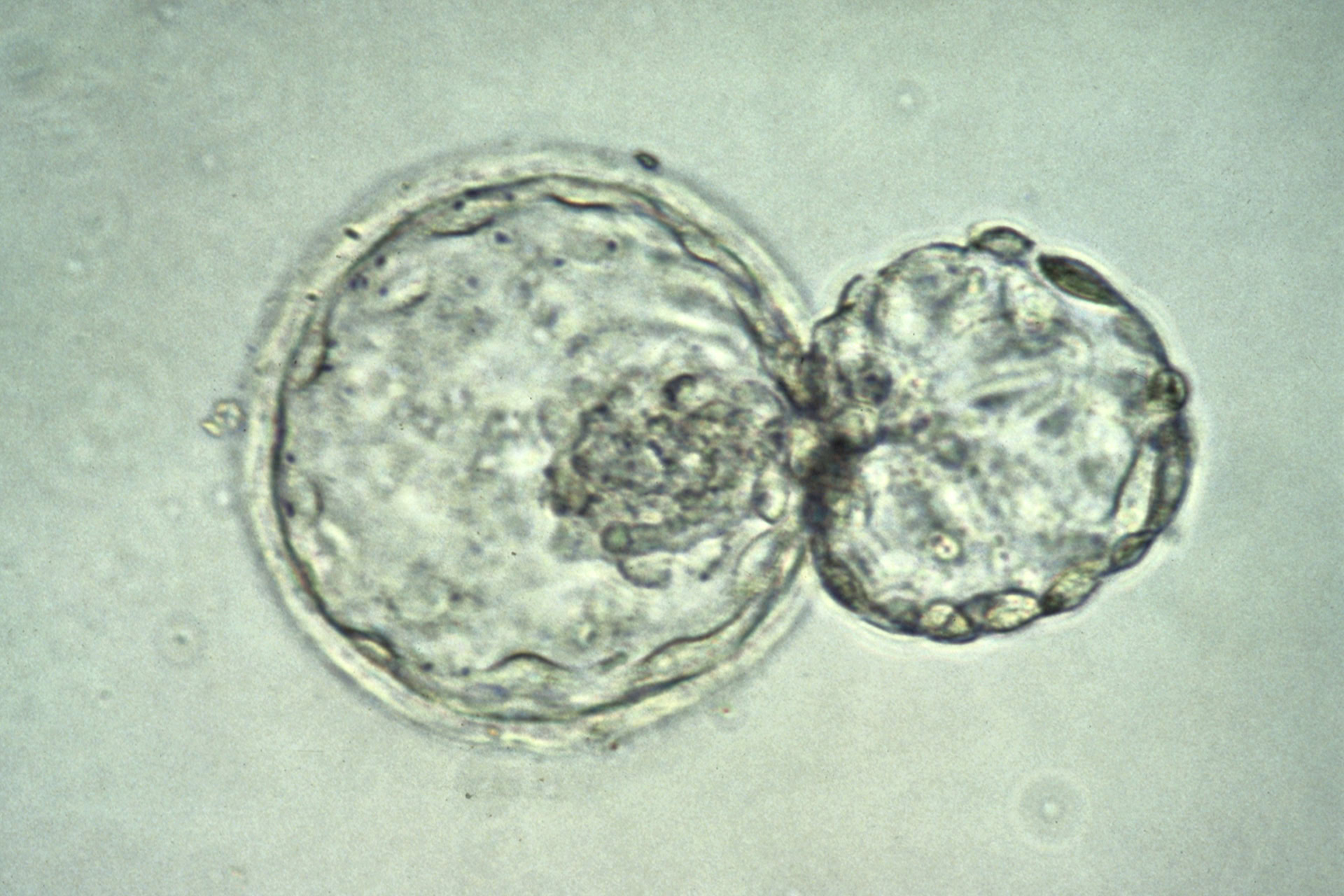Researchers at the US Massachusetts Institute of Technology (MIT), lead by Professor Rudolf Jaenisch, have identified genetic pathways that can speed up the process of reprogramming mature adult cells into stem cells, known as induced pluripotent stem cells (iPS cells).
First described by Professor Shinya Yamanaka at Kyoto University in 2006, iPS cells can be generated by introducing four key stem cell genes - Oct3/4, Sox2, Klf4 and c-Myc - into adult cells. The reprogrammed cells have the same properties as embryonic stem cells (ES cells) and are pluripotent - they have the potential to grow into any other cell type in the body.
This genetic reprogramming is a slow process taking several weeks, and with low efficiency. The MIT researchers discovered that they could accelerate this process, by blocking the p53/p21 genetic pathway, or overactivating the Lin28 or Nanog genes. Altering the p53/p21 genetic pathway and the Lin28 gene reduced the amount of time to generate iPS cells, by speeding up the rate of cell divisions, whereas overactivating the Nanog gene achieved this independently of cell divisions. These two methods of accelerating the reprogramming process are distinct, and shed light on what genetic pathways are involved in reprogramming.
Published in the journal Nature, the researchers also discovered that the generation of iPS cells is a random and continuous process. They found that more than 90 per cent of cells expressing the four key stem cells genes eventually generated iPS cells. In addition, all iPS cells were identical, whether they were generated early on or after several weeks in culture. The researchers concluded that there is no subset of 'stem-like' cells in the starting material that generate iPS cells, but instead that all cells have the potential to generate iPS cells, given enough time. They demonstrated that one method of accelerating the reprogramming process is to accelerate the rate of cell divisions.





Leave a Reply
You must be logged in to post a comment.